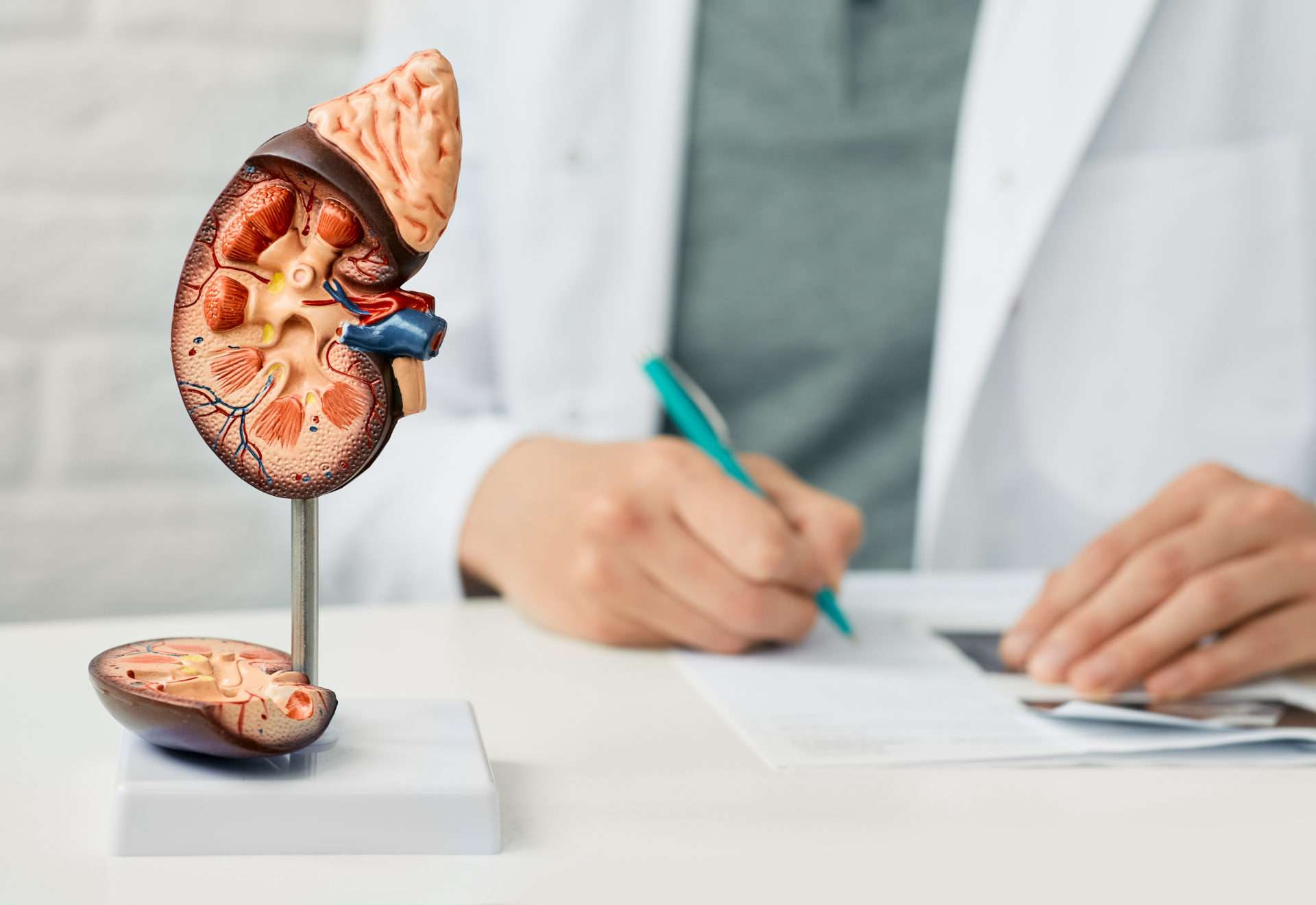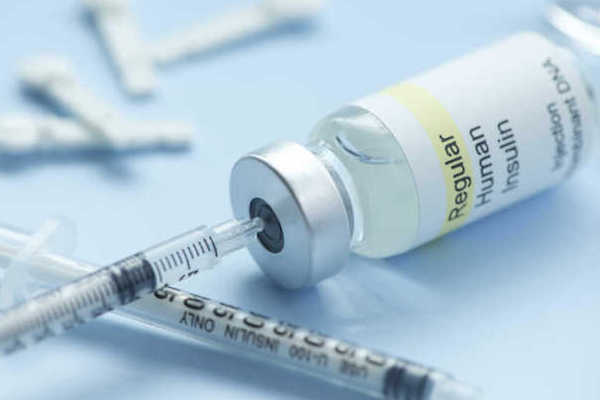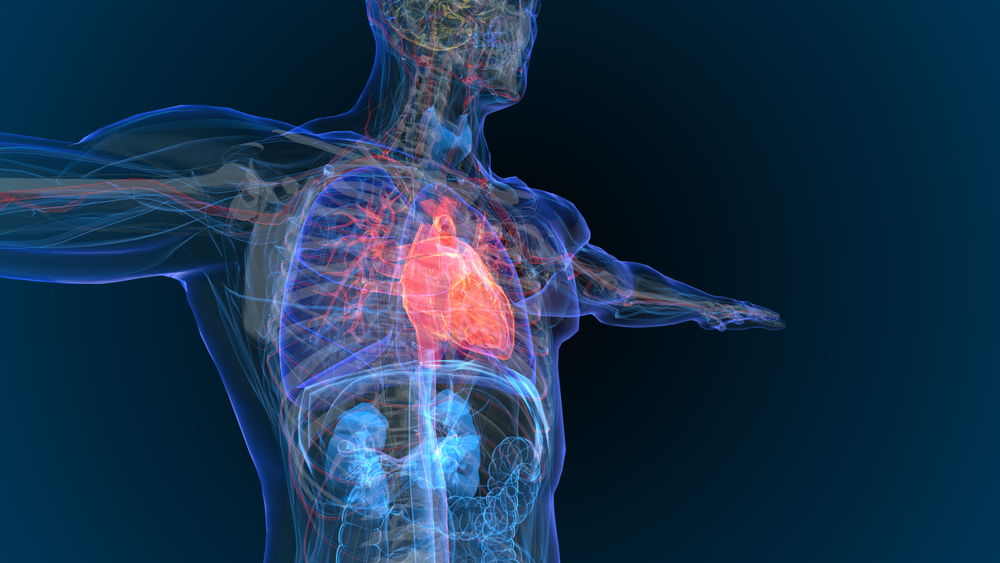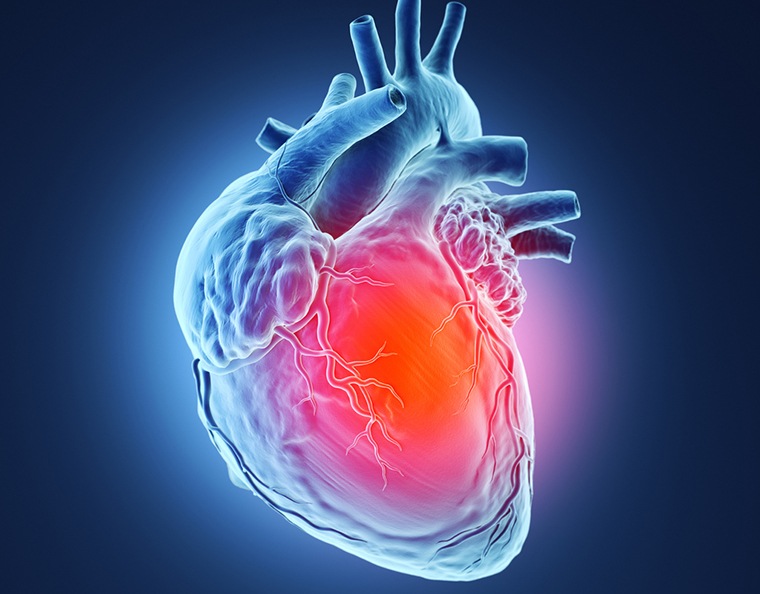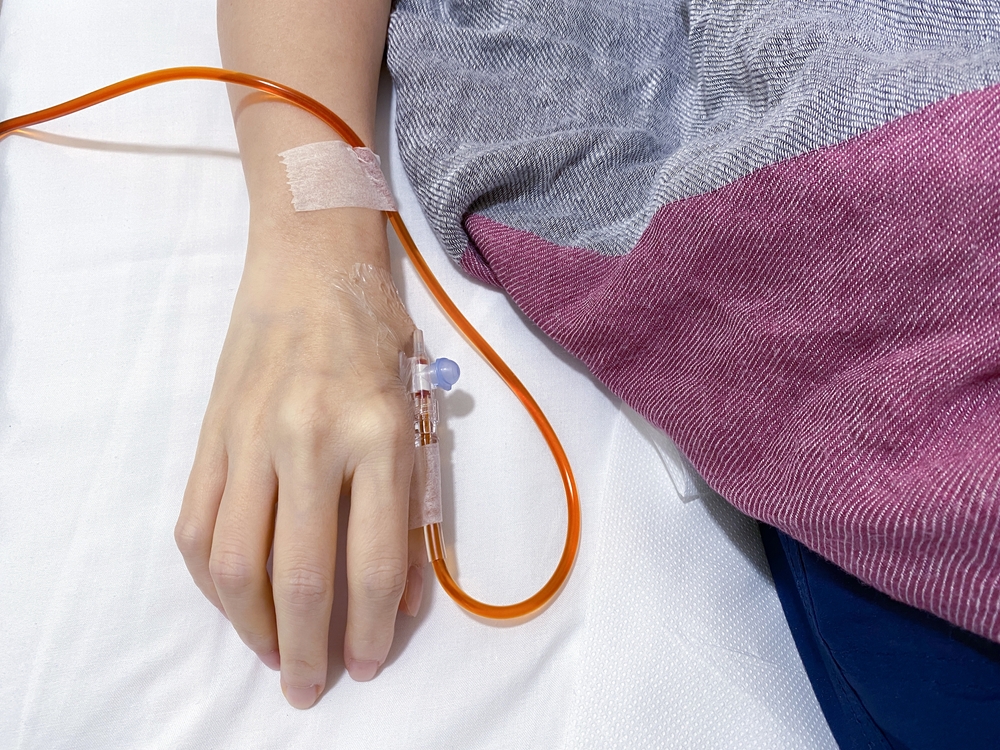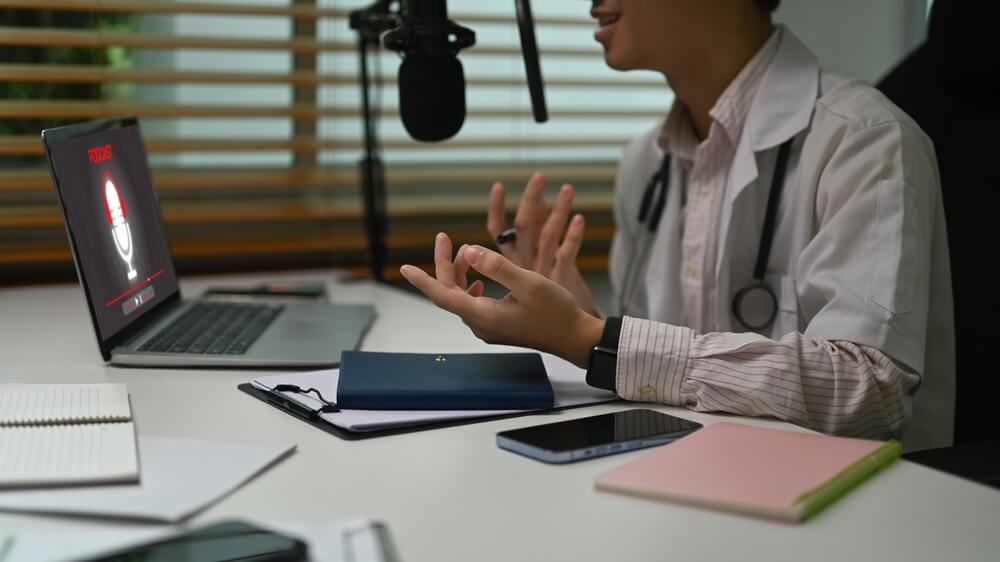Noise pollution from transportation may be associated with aggravating some risk factors, leading to increased cardiovascular risk, results from a new review in Nature Reviews Cardiology reports.
“Traffic noise at night causes fragmentation and shortening of sleep, elevation of stress hormone levels, and increased oxidative stress in the vasculature and the brain,” the team wrote. “These factors can promote vascular dysfunction, inflammation and hypertension, thereby elevating the risk of cardiovascular disease.”
The research team, focused on the indirect, non-auditory effects of transportation news on overall cardiovascular health, reviewed epidemiological research on the effects of transportation noise on cardiovascular risk factors such as blood pressure, stress hormone levels, endothelia dysfunction, oxidative stress, NADPH oxidase 2 (NOX2) activity, nitric oxide synthase uncoupling, and vascular inflammation in mouse models. They also looked at translational field studies in healthy patients and also those with heart disease showing that aircraft and railway noise can impair sleep quality and increase stress hormones, blood pressure, endothelial dysfunction, and oxidative stress.
“Noise-induced stress increases cerebral oxidative stress and downregulates and uncouples neuronal nitric oxide synthase, providing a potential explanation for the observed retardation in the development of cognitive function (memory and learning) in children exposed to aircraft noise,” they wrote.
They also pointed to the quality of the evidence for certain cardiovascular risk factors in the analysis, which has been improving since the WHO 2018 evaluation. Finally, the authors urged policy makers to implement mitigation strategies to reduce noise pollution exposure.
“As the percentage of the population exposed to detrimental levels of transportation noise will rise again when the COVID pandemic is over, noise mitigation efforts and legislation to reduce noise are highly important for future public health,” a study researcher said in a press statement.
Credit: Original article published here.


